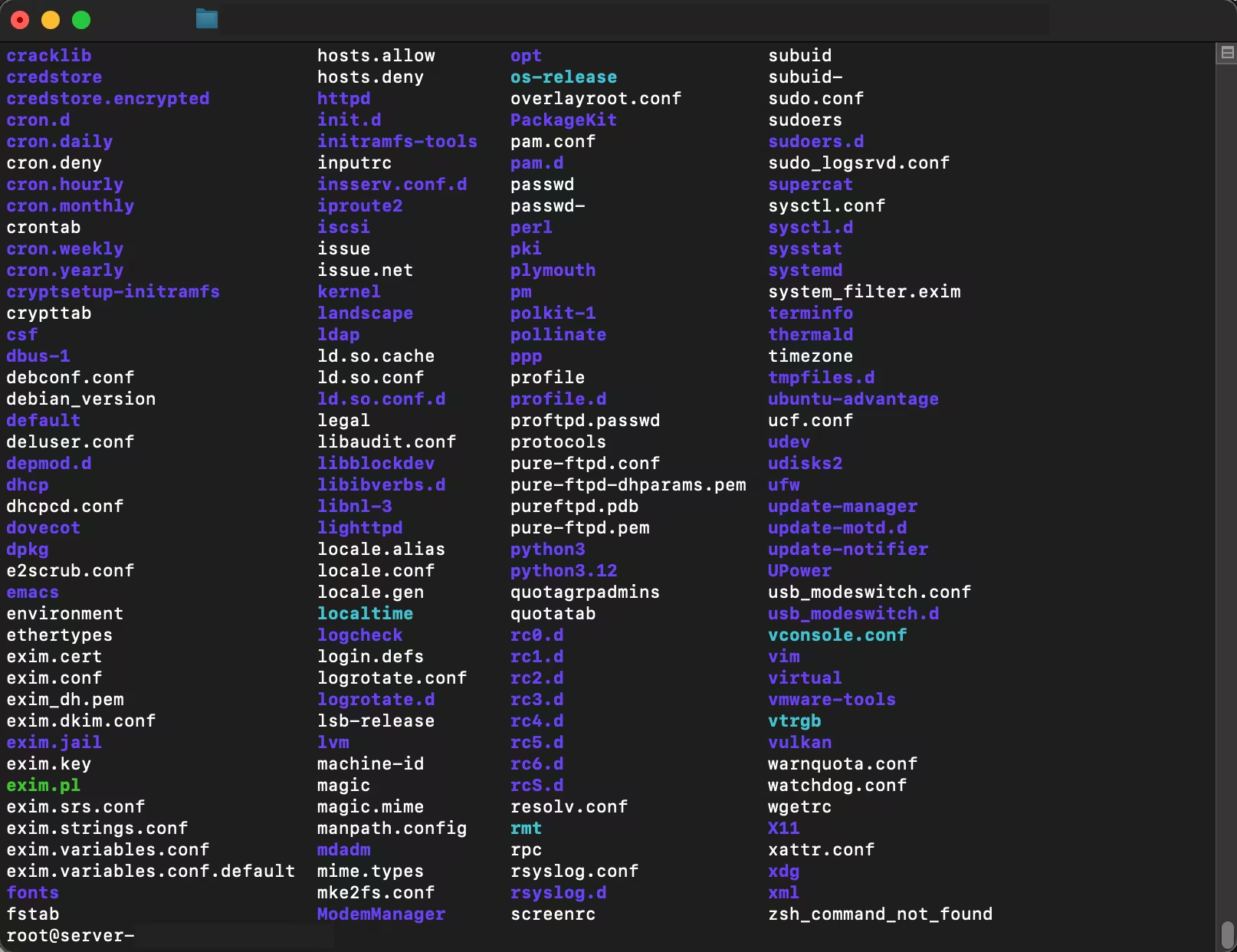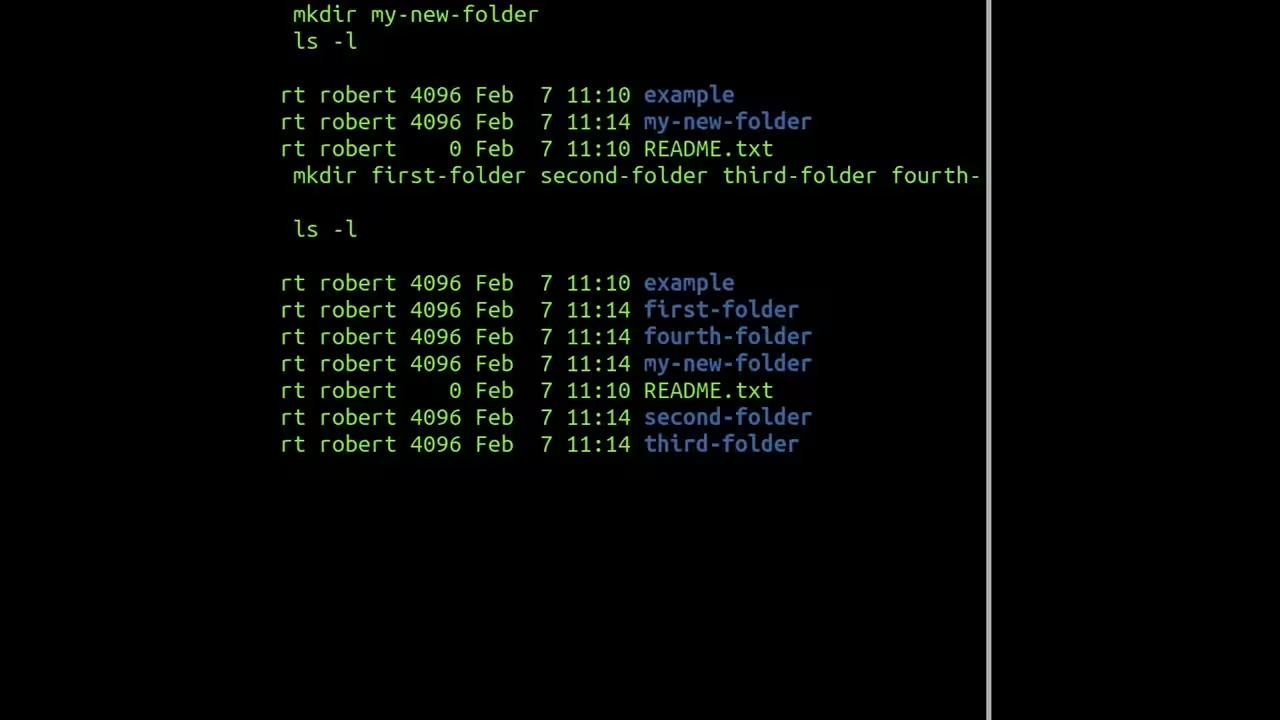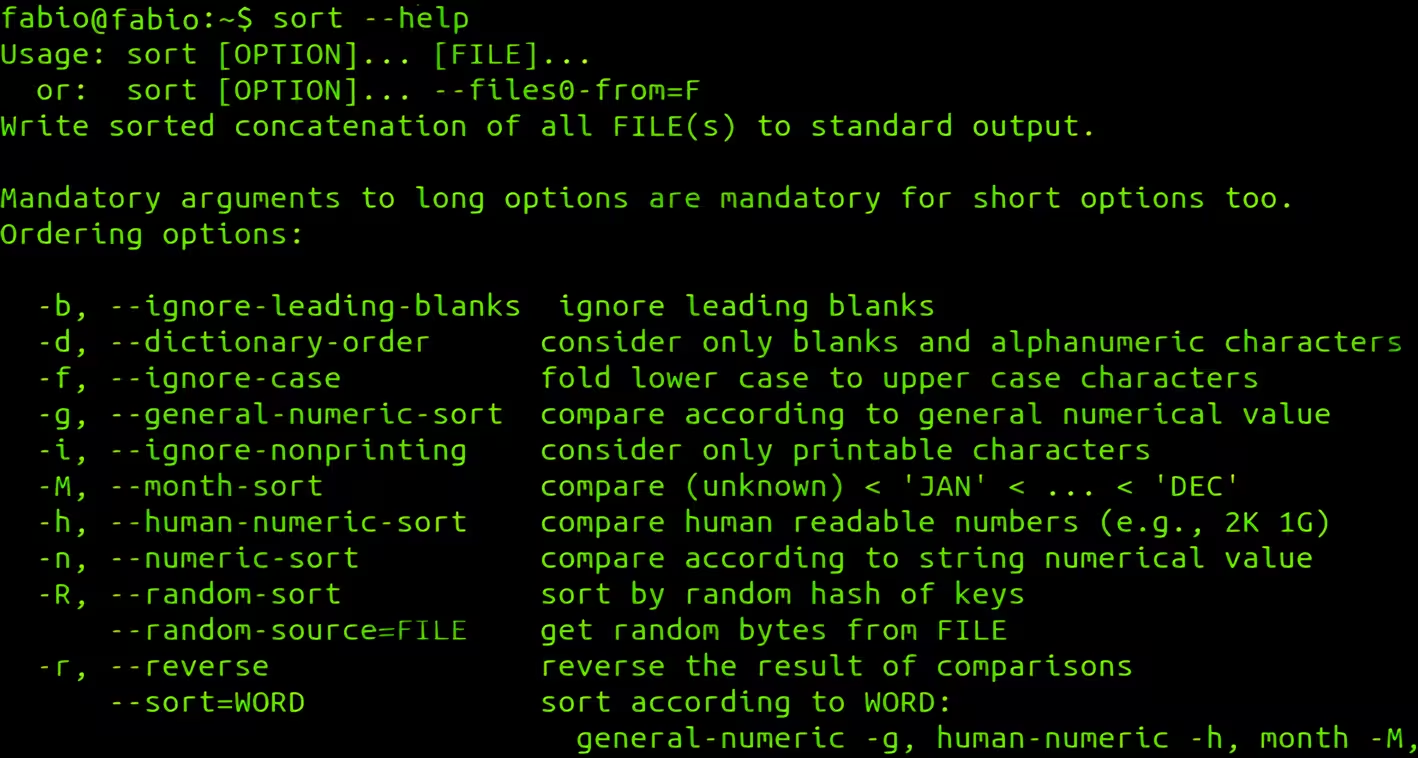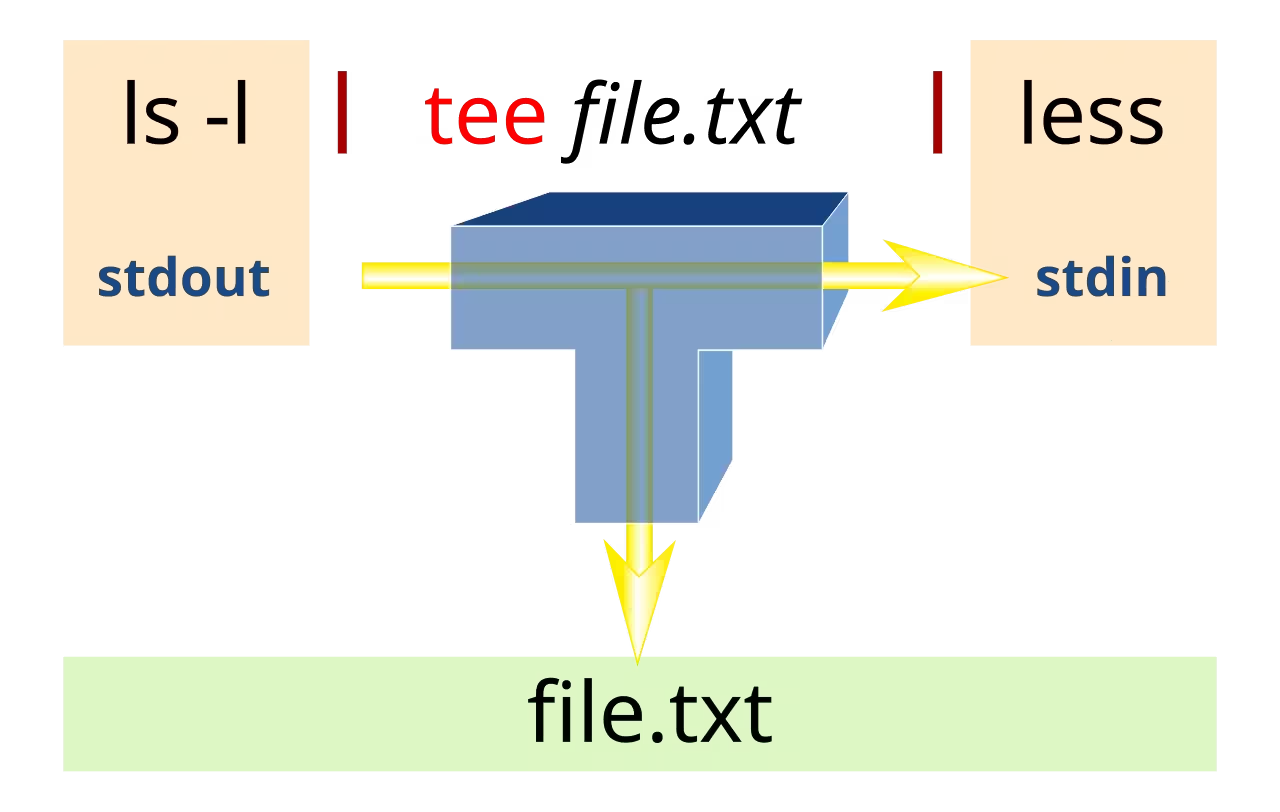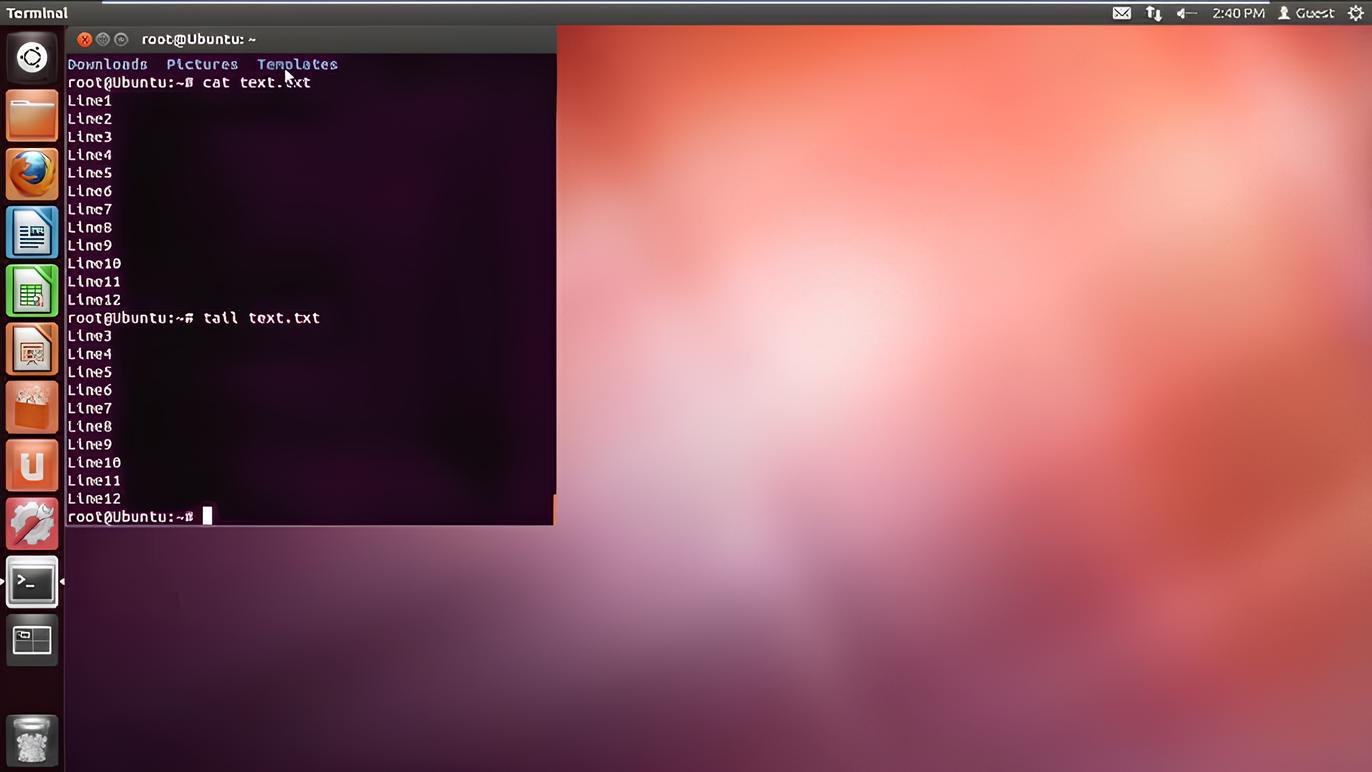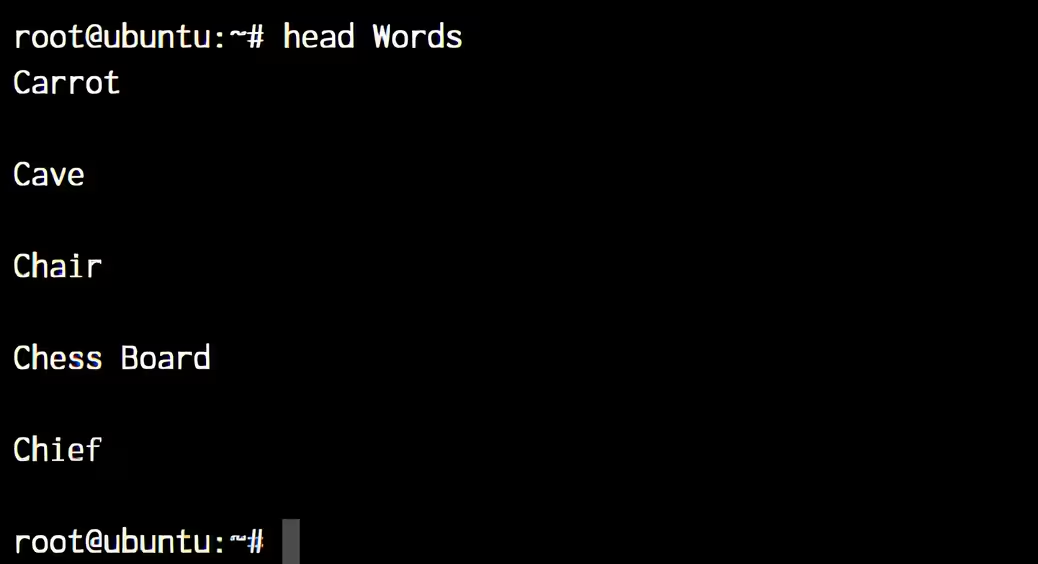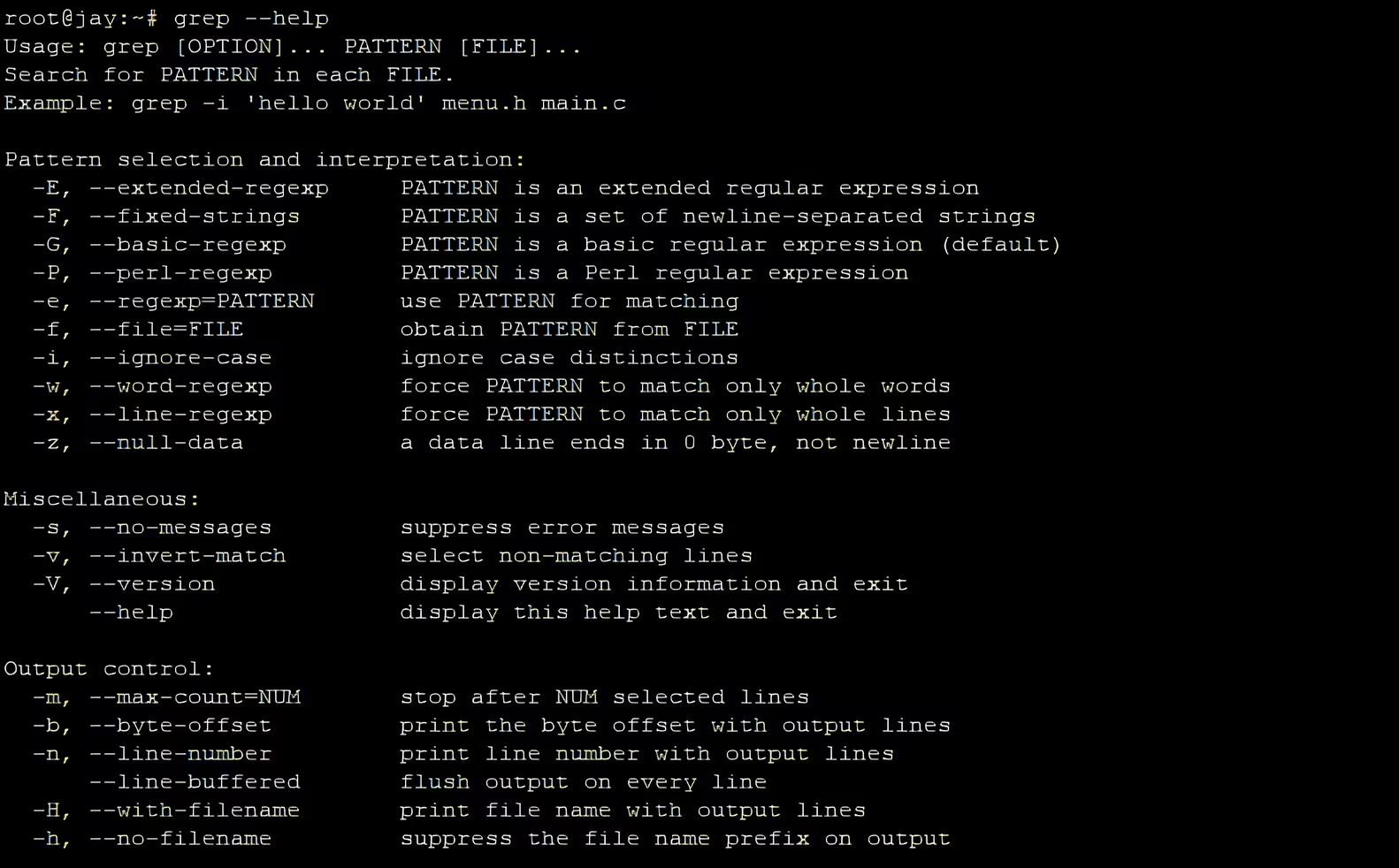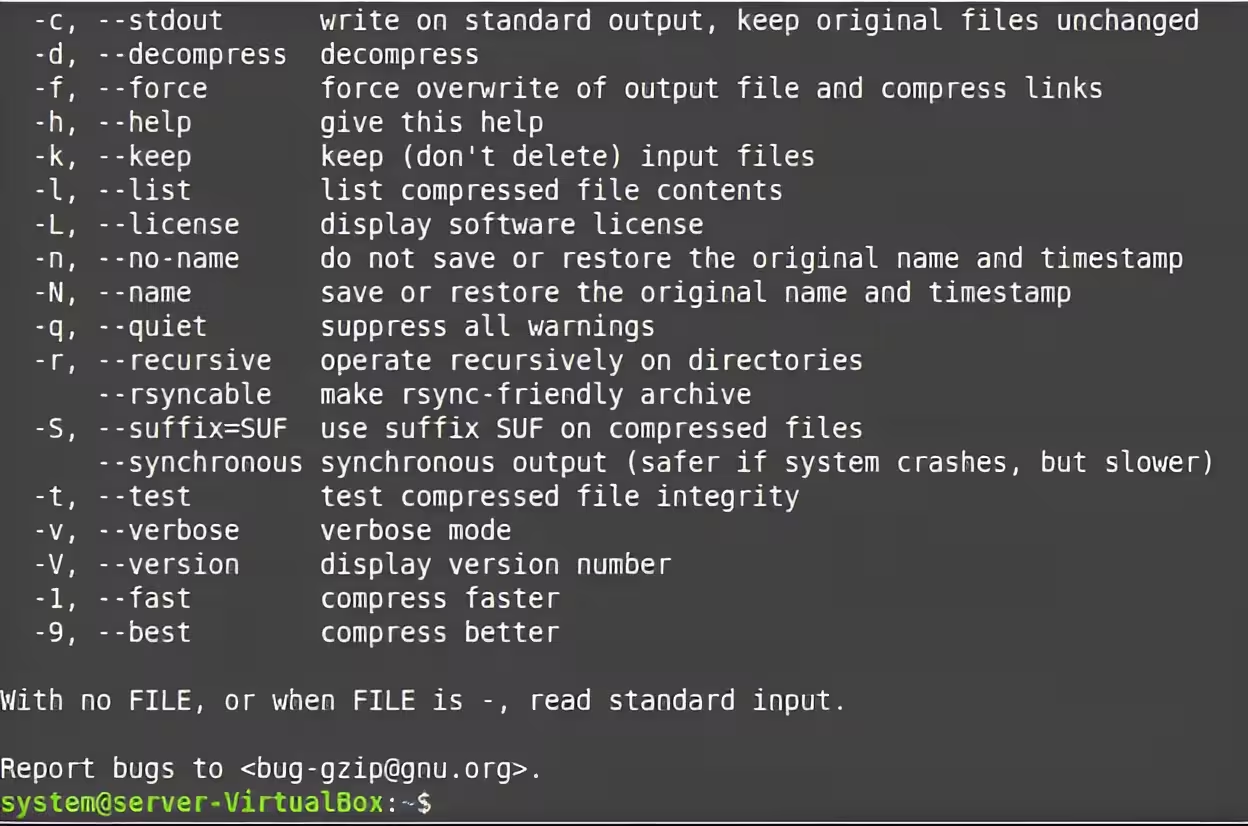Linux
Explore in-depth Linux guides, tutorials, and tips designed to help you navigate, troubleshoot, and optimize your system. Boost your Linux skills with clear instructions.
How to Create Directories in Linux
Here’s a list of practical examples of the mkdir command in Linux.
How to Increase Swap Space on Linux
Here's a step-by-step guide to increase swap space on Linux systems, including both creating a…
How to Remove Duplicate Lines in Linux
The uniq command in Linux filters out repeated, adjacent lines from a file or input…
How to Sort Files Based on Sizes in Linux
The sort command in Linux is used to arrange lines of text in a specified…
How to Use tee Command in Linux
The tee command in Linux reads input from stdin, writes it to stdout, and simultaneously…
How to Cut Sections of Line in File
Below are practical examples to master cut.
How to Print Last 10 Lines of Files in Linux
The tail command is an indispensable tool for system administrators and developers, particularly for log…
How to Print First 10 Lines of Files in Linux
The head command, especially when combined with other commands through pipes, becomes an essential tool…
How to Search Text or String in Files on Linux
These examples demonstrate grep’s powerful text-searching capabilities, making it an essential tool for system administrators…
How to Use the Gzip Command in Linux
Gzip's combination of good compression ratio, speed, and widespread availability makes it one of the…
Difference Between “more” and “less” Commands
Most modern Linux users prefer less for its power and flexibility.
How to Create and Extract Tar Archive Files in Linux
Here’s a list of practical examples of the tar command.





